
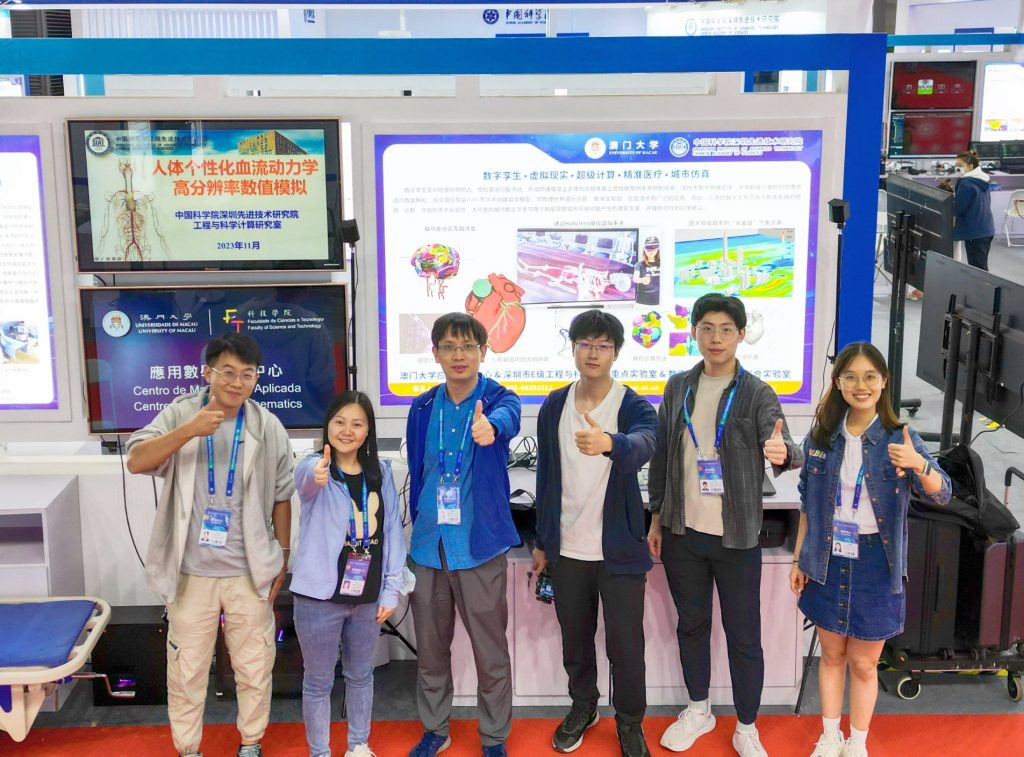

UM showcased virtual reality and digital twin technology at the 25th China Hi-Tech Fair
澳大在高交會展出虛擬實境與數位孿生技術
The China International High-Tech Expo (CHITEC), also known as the China Hi-Tech Fair, is one of the most influential scientific and technological exhibitions in China. It is held annually at the Shenzhen Convention and Exhibition Center in Shenzhen, China. The 25th edition of CHITEC is scheduled to take place from November 15th to 19th, 2023. As one of the key platforms for technological innovation in China, the fair brings together domestic and international technology companies, innovative products, and solutions, showcasing the latest developments and cutting-edge technologies in the field of science and technology.
At this year’s CHITEC, the Centre for Applied Mathematics at the University of Macau, in collaboration with the Shenzhen Institute of Advanced Technology, showcased the virtual reality-based digital twin technology, attracting widespread attention from industry experts, business representatives, and the general public.
Digital twin is a technology that involves digitizing entities, objects, and processes from the physical world to create a coexistence of physical entities in the physical dimension and virtual models in the information dimension. This technology is based on physical laws and utilizes supercomputers for numerical simulations. By combining technologies like Mixed Reality (MR), virtual models are created to simulate, deduce, and plan various aspects of the physical world.
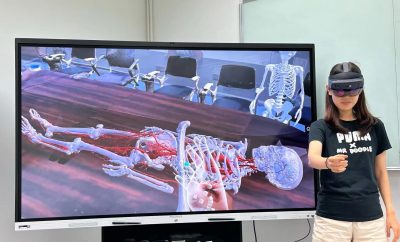
A joint team led by Prof Xiao-Chuan Cai, Associate Dean (Research and Graduate Studies) and Chair Professor of the Department of Mathematics of the Faculty of Science and Technology has been engaged in long-term research on algorithms and software related to digital twin technology. They have developed multiple sets of high-performance algorithms and software targeting the fields of biomedical engineering, industrial design, and smart cities. The team has successfully developed several prototypes of digital twin systems, allowing interaction with the models through gestures and presenting the results intuitively to users via holographic glasses.
Two important digital twin systems among these prototypes are:
- Virtual Operating Room: This system utilizes holographic glasses as the interface to present three-dimensional digitized human organs. Doctors can interact with the models using predefined gestures and actions, enabling them to observe the patient’s condition. The system also allows numerical simulations of organ models by adjusting physical and geometric parameters, predicting the progression of diseases, and providing assistance and decision support during surgical procedures.
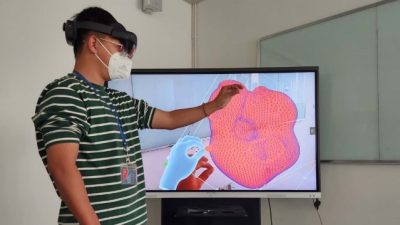
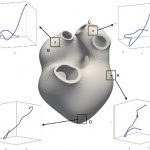
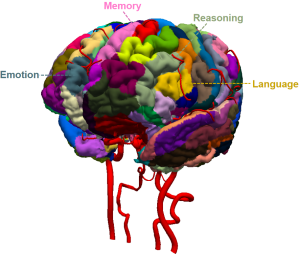
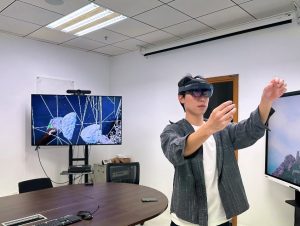
- City Simulation: This system combines city environment simulation with virtual glasses to provide an immersive and interactive urban experience for urban planning, disaster management, and smart city applications. Various crisis scenarios can be simulated, such as typhoons, fires, and floods, within the virtual environment so that people can better understand and respond to different emergency situations. This technology provides a safe and controllable training and evaluation platform for emergency response and urban planning.
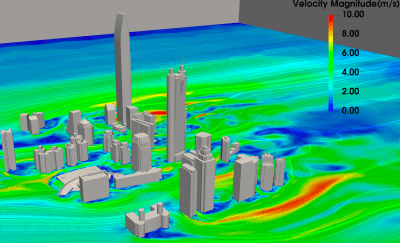
Through this prestigious Hi-Tech Fair, the joint team showcased the tremendous potential of digital twin technology to companies and experts from various countries. The innovation and development of this technology are expected to have a profound impact on areas such as surgical assistance and decision-making in the medical field, as well as urban planning and emergency management in smart cities.
Welcome to follow Centre for Applied Mathematics via Wechat:

中國國際高新技術成果交易會(高交會)是中國最具影響力的科技展覽會之一,每年在中國深圳會展中心舉行。第二十五屆高交會的舉辦時間為11月15日至19日。 作為中國科技創新的重要平台之一,深圳高交會彙聚了國內外的科技企業、創新產品和解決方案,展示了科技領域的最新發展和前沿技術。
在本屆高交會,澳門大學應用數學中心聯合中國科學院深圳先進技術研究院展出基於虛擬實境的數位孿生技術,吸引了眾多行業專家、企業代表和市民的廣泛關注。
數位孿生是通過對物理世界的人、物和事進行數位化,形成物理維度上的實體和資訊維度上的虛擬模型同生共存的場景。該技術基於物理規律,採用超級電腦進行數值類比,結合混合現實(MR)等技術創建虛擬模型,對物理世界進行模擬、推演及規劃。

由澳大科技學院副院長(科研與研究生教育)及數學系講座教授蔡小川教授帶領的聯合團隊長期從事數位孿生相關的演算法和軟體研究,研發了多套面向醫學、工業設計和智慧城市的高性能演算法和軟體。團隊已經成功開發出多套數字孿生系統原型,通過手勢與模型進行交互,並將結果通過全息眼鏡直觀地呈現給用戶。
其中,兩個重要的數位孿生系統原型包括:
- 虛擬手術室:該系統以全息眼鏡為介面,以三維數位化的方式呈現人體各器官。醫生可以通過一些預定義的手勢和動作與模型進行交互,觀察患病狀況。系統還能通過改變一些物理和幾何參數對器官模型進行數值類比,預測病變的發展,為手術過程提供輔助和決策支援。




- 城市模擬:該系統將城市環境模擬技術與虛擬眼鏡相結合,為城市規劃、災害管理和智慧城市領域提供沉浸式和互動式的城市體驗。應急人員可以在虛擬環境中模擬不同的危機場景,如颱風、火災、洪水等,以便更好地理解和應對各種緊急情況。這項技術為應急回應和城市規劃提供了一種安全、可控的訓練和評估平台。

通過深圳高交會這一科技盛會,聯合團隊向各國企業和專家展現了數位孿生技術的巨大應用潛力。該技術的創新和發展有望為醫療領域的手術輔助和決策、智慧城市的規劃和應急管理等領域帶來深遠的影響。
歡迎關注澳大應用數學中心微信

